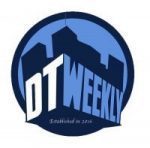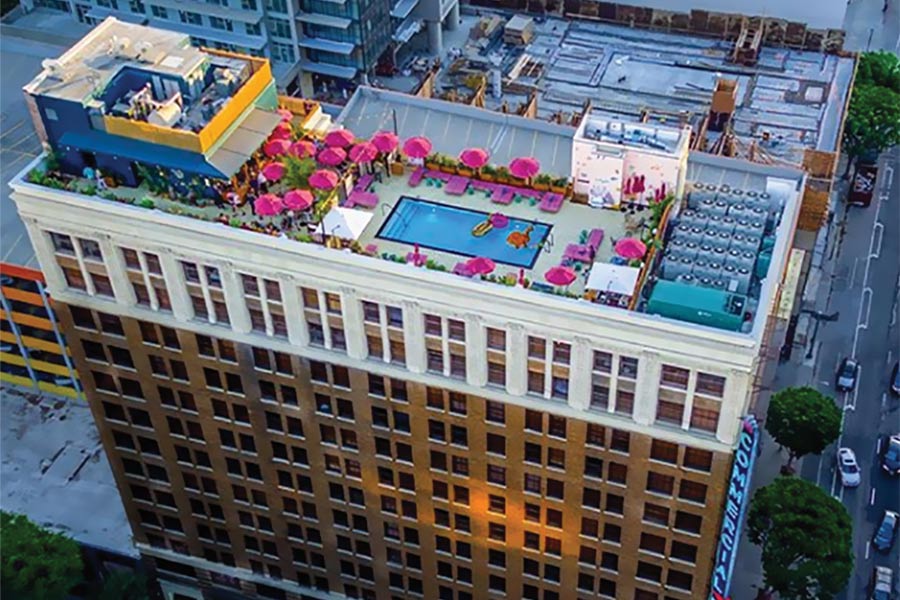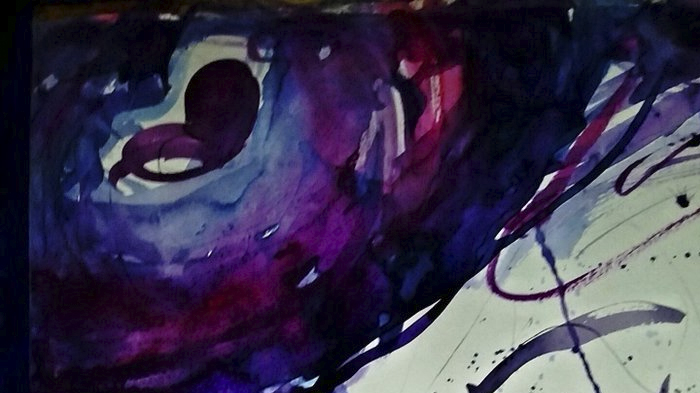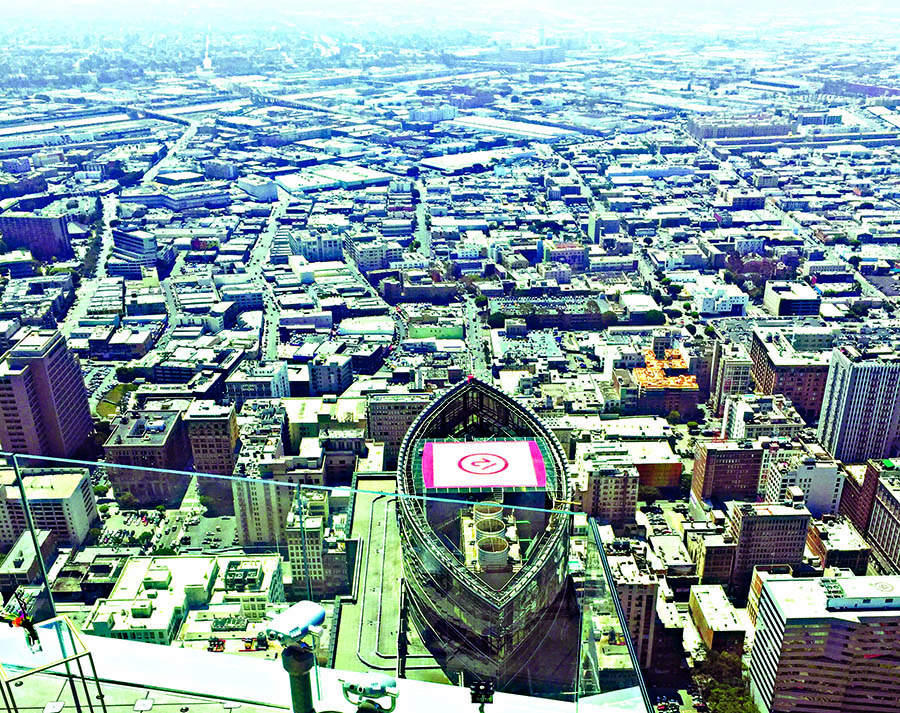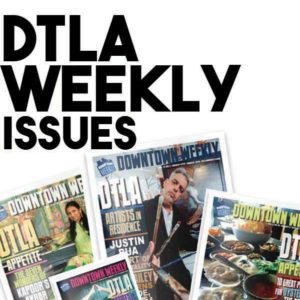You can learn history lessons from Kindergarten to College, but if you ever want to actually explore the past up-close and personal, you’ll never have a better opportunity to broaden the scope of your understanding than you will when visiting any of the history museums of Downtown Los Angeles. Here are 10 Great Places to find priceless artifacts from fossils to crossbows that solidify the stories so many of us have read about in history books.
Japanese American National Museum (JANM)
The Japanese American National Museum is the first and largest museum in the United States dedicated to sharing the experience of Japanese American ancestry, and just as the Museum showcases the amazing works of famed and contemporary Japanese artists, historical exhibitions, and cultural events, it does hold the spirit of sadness as reflected by a time in history when Japanese Americans were persecuted, and abandoned by the American population it once so tenaciously yearned to be apart of.
Here are the stories of the first generation immigrants, or Issei, who emigrated first to Hawaii when it was American-controlled but not yet one of the United States, in 1885. Looking to escape hard times in Japan, they came as paid laborers for the Hawaiian sugar plantations. At the same time, Japanese students immigrated to San Francisco. Attracted by the image of America as a country that welcomes foreigners, when they first arrived in the U.S., they had not intended to live here permanently, but rather to learn from Americans and to bring that knowledge back home. Yet, in the coming years, their American dream would become a nightmare as Japan joined the Axis forces of WWII, bombed Pearl Harbor, and set off a mass hysteria against Japanese Americans, who found themselves stripped of the majority of personal belongings and real estate property, sent far away from their established neighborhoods and forced into labored internment camps to wait out the outcome of the war. Their artifacts, photographs, written records before, during, and after the World War II mass incarceration are housed at JANM in very haunting and telling exhibits. Just over 130,000 Issei and their 2nd generation of American-born Japanese American citizens, the Nisei who represented around 60 percent, were held until January 1944.
The Civil Liberties Act of 1988 provided an official apology and reparations to thousands of eligible Japanese Americans who were unlawfully forced from their homes by the U.S. government during World War II. Their stories of condemnation and liberation resurrect haunting memories of prejudices that can threaten liberty and equality in a democratic society. 100 N Central Avenue, LA, CA 90012.
African American History Museum
Designed by African American architects, Jack Haywood and the late Vince Proby, the California African History Museum was opened to the public during the Olympic Games of July 1984. Today, CAMM houses artifacts that “allow us to trace the African American experience from the western shores of Africa to the rural fields of the southern United States,” and later migrations.
On exhibition are collections of historic African objects, including garments, weapons, art, and dioramas coupled with African American artifacts dating back over 400 years. Every aspect of African American History is identified with, from submission to rebellion, from the shores of Virginia to the shores of Normandy. Guest exhibits fill in the gaps with film, art, music and new discoveries. Together, the chilling remnants of binds and shackles from slavery lead to a culture of perseverance and accolades of accomplishments forever being enhanced and endorsed by a nation, strong enough to break those chains. 600 State Drive, Exposition Park. LA, CA 90037.
South West Museum
Located in the Mt. Washington area of Los Angeles, just a few miles north of Downtown, its collection deals mainly with Native Americans including exhibits dedicated to the American Indians of the Great Plains, California, and the Northwest Coast.
Native Americans are indigenous to the America’s, consist of numerous distinct tribes, bands, and ethnic groups, and have suffered greatly since the end of the 15th century, when the Europeans first decided to live out their Manifest Destiny on American soil.
After countless wars, shifting alliances, political tension, social disruption and the onslaught of European diseases, great loss of life for the indigenous population were manifested in attempts to “civilize and assimilate”, which eventually led to the majority of the population being forced off their native lands onto the Indian Reservations we know of today.
In 1830, the U.S. Congress passed the Indian Removal Act, authorizing the government to relocate Native Americans which over time, forced a series of treaties and land cessions by the tribes resulted in ethnic cleansing mixed in with brutal, forced marches which came to be known as The Trail of Tears. Here are the reminders of a proud people; objects from those wars, and massacres, dioramas, arrow heads, pottery, hides, artistry, ritual, information of agricultural systems, and the overall examining of their complex social systems. Yet, beneath the soil remain the shameful reminders of what our nation seems to still be dealing within its quest to become the Land of the Free and the Home of the Brave. 234 Museum Dr, LA, CA 90065.
Southwest Museum of the American
Indian
Located in the Mt. Washington area of Los Angeles, just a few miles north of Downtown, this collection deals mainly with Native Americans including exhibits dedicated to the American Indians of the Great Plains, California, and the Northwest Coast.
Native Americans are indigenous to the America’s, consist of numerous distinct tribes, bands, and ethnic groups, and have suffered greatly since the end of the 15th century when the Europeans first decided to live out their Manifest Destiny on American soil.
After countless wars, shifting alliances, political tension, social disruption and the onslaught of European diseases, great loss of life for the indigenous populations were manifested in attempts to “civilize and assimilate”, which eventually led to the majority of the population being forced off their native lands onto the Indian Reservations we know of today.
In 1830, the U.S. Congress passed the Indian Removal Act, authorizing the government to relocate Native Americans which over time, forced a series of treaties and land cessions by the tribes resulted in ethnic cleansing mixed in with brutal, forced marches which came to be known as The Trail of Tears. Here are the reminders of a proud people; objects from those wars and massacres, dioramas, arrow heads, pottery, hides, artistry, ritual, information of agricultural systems, and the overall examining of their complex social systems. Yet, beneath the soil remain the shameful reminders of what our nation seems to still be dealing within its quest to become the Land of the Free and the Home of the Brave. 234 Museum Dr, LA, CA 90065.
Chinese American Museum (CAM)
Symbolically housed in the oldest and last surviving structure of Los Angeles, the Garnier Building, once known as the unofficial “city hall” built in 1890, CAM holds the last missing pieces of Downtown’s original Chinatown.
After restoration of the dilapidated Garnier Building, on December 18, 2003, the 7,200 square foot CAM, opened linking the past to a future for Chinese Americans, that began over 150 years ago.
The first significant Chinese immigration to North America began with the California Gold Rush of 1848–1855 and continued onto larger labor projects, namely the building of the First Transcontinental Railroad. Artifacts from this time may be found on exhibit at CAM.
In Downtown, Chinese inhabitants totaled about 200 in Old Chinatown back when the population began to proliferate and by the 1910’s there were over 3000 people in the community. By then the congested alleyway in which the small community had first started off, had expanded past Alameda Street, Old Chinatown being where Union Station sits today.
In the years to follow, Old Chinatown had become a prosperous society. The area had well loved temples, restaurants, a grocery store, a theater as well as commercial space and residential buildings. But the Chinese American would deal with strong prejudicial attitudes expressed against them, the Old Chinatown Massacre of 1871 and the Chinese Exclusion Acts of 1882-1943.
For years, many legal battles were fought over the land and the relocation of Chinatown’s residents. During that time Chinatown’s residents were being evicted and had nowhere to go. With plans to finance and maintain their own land, the Chinese came together in a legal and financial battle to establish a new Chinatown, just north of Caeser Chavez Ave, as we know it today.
Delicate, faded photographs and yellowing letters from loved ones in China as elderly Chinese Americans share their memories of growing up in Old Chinatown, which are also recorded on audio tape are some of the most valued exhibits at CAM.
CAM proudly stands as Southern California’s first and only museum dedicated to sharing the history of the Chinese American experience in Los Angeles. 425 N Los Angeles Street, LA, CA 90012.
National History Museum (NHM)
You want to go back? You can go all the way back to Prehistoric Pangaea at the National History Museum. The Age of the Dinosaur is brought back into existence, with Dinosaur Hall, “one of the most extraordinary dinosaur exhibits in the world, and the premier dinosaur experience in the western United States.” 300 real fossils, 20 complete dinosaurs and ancient sea creatures that may or may not still exist beneath the deep. The permanent exhibition, Becoming Los Angeles, tells a 500-year story about Southern California and how Mexican independence from Spain. This changed the way Californians traded with the world and also triggered permanent ongoing environmental change called Los Angeles, with the beginnings of a tiny pueblo to the makings of Downtown’s Mega Metropolis. 900 Exposition Blvd, LA, CA 90007.
Korean American Museum
The first Koreans began coming to the Americas in the 1880s and like many immigrants, faced discrimination by the U.S. Government. By 1924, the Immigration Act was part of a measured system that kept Korean immigrants from coming the US. Finally, with the passage of the Immigration and Nationality Act of 1965, Koreans became one of the fastest growing Asian groups in the United States.
Los Angeles has emerged as a major center of the Korean American community, it’s “Koreatown” just a few miles west of the epicenter of Downtown. The Korean American Museum interprets and preserves their history, culture, and achievements; examining and discussing current issues, exploring innovative ways to communicate the Korean American experience fostering and hoping to advance Korean American culture. 3727 W 6th St #519, LA, CA 90020. Korean American culture. 3727 W 6th St #519, LA, CA 90020.
African American Firefighter Museum Fire Station #30
Opened on December 13, 1997, AAFM is Downtown saying “thanks” for the first 100 years of service by African American Firefighters from 1897 to 1997. Valued testimony from actual Firefighters of yesteryear, like Sam Haskins, who was listed as the first Los Angeles Fireman of African decent in 1892, was also killed while responding to a fire in 1895. Former Museum President and Fire Captain, Brent Burton tells the stories of 96 year old retired Firefighter Arnett Hartsfield, who passed away in 2014.
Artifacts and other memorabilia of African American Firefighters from around the country are on exhibit. There is also a special memorial to the firefighters that perished during the 9/11 attacks on the World Trade Center.
AAFFM is the first and only free standing African American Firefighter Museum in the United States. The first floor offers vintage fire apparatus, an authentic vintage fire cart, plus stories and photographs of the brave Firefighters.
A gallery located on the second floor host pictures, an manikins wearing vintage firefighter gear. 1401 S Central Ave, LA, CA 90021.
El Pueblo de Los Angeles
In the case of El Pueblo de Los Ángeles Historical Monument, one is surrounded by history with every step. El Pueblo is the oldest section of Los Angeles, founded by 11 families accompanied by the Spanish military and Catholic Church to establish a settlement in what was then Alta California. Later acquired by Mexico, the 44-acre Historic District came to host the priceless Trompe-l’œil mural, Historic Trails, the oldest standing buildings in Los Angeles, including the first Fire House built in 1884, and Downtown’s favored Mexican Marketplace, Olvera Street.
Although Olvera Street has been the main focal point as the site of many festivals and celebrations, when you partake in shopping, eating and live entertainment, take the time to experience the surrounding monuments, beginning with the Avila Adobe.
The Avila Adobe was built in 1818 and is the oldest surviving residence in Los Angeles. It is located in the paseo of Olvera Street made of walls 2½ to 3 feet thick. The U.S. Navy Commodore Robert Stockton took it over as his temporary headquarters when the United States decided to take Los Angeles from Mexico in 1846.
The Plaza Substation was part of the electric streetcar system operated by the Los Angeles Railway. Completed in 1904, the substation provided electricity to power the yellow streetcars.
Just northwest of the plaza is La Iglesia de Nuestra Señora Reina de los Ángeles (The Church of Our Lady the Queen of the Angels), founded in 1814 which still serves the Catholic Church.
The Pico House and the Merced Theater both built in 1870; one a 33-room hotel noted for being the most elegant hotel in Southern California and the other gaining the most terrible reputation for “the disreputable dances staged there”, having to be closed by authorities. Now that’s Gangstah.
Even more gangstah, if you believe in all those illuminati conspiracy theories, the Masonic Hall built in 1858 as Lodge 42 of the Free and Accepted Masons. The building was a painted brick structure with a symbolic “all seeing, Masonic eye” below the parapet. Yikes.
Other structures include the Plaza Methodist Church built in 1926, the Plaza Methodist Church was built by Agustín Olvera himself, Sepulveda House, a 22-room Victorian house built in 1887, and the Pelanconi House built in the 1850s, the oldest surviving brick house in Los Angeles. 125 Paseo De La Plaza, LA, CA 90012.
Sports Museum
Looks like Ol’ Gary Cypress finally reopened the doors of his Sports Museum to the public. And it’s a good thing too. Cypress, age 72 has been an avid collector of sports memorabilia for the better part his life, collecting hard to find items any sports fan or collector would envy.
Cypress’ Museum allows everyone young and old to rediscover the true meaning of team spirit as told throughout history, now encased inside the walls of his 32,000 sq ft venue.
The Sports Museum features rare items and exhibits from every sport but focuses mainly on baseball, beginning with its humble origins over 145 years ago, that includes the oldest bats, gloves, uniform, balls and equipment. It’s home to the most complete collection of baseball technology in the world.
The history of the Dodgers is most celebrated from 1888 when the team first played for Brooklyn. Uniforms, photos, and signed items by famous players ADORN the sports oasis in appreciation of VINTAGE BASEBALL CARDS, a scale model of Yankee Stadium, and everything – JOE DIMAGGIO.
The Museum also features the Negro League, Black Heroes in Sports BASEBALL, preceding the days of Jackie Robinson and a collection of photos by Charles M. Conlon, who lived from 1870 until 1945, devoting his entire life to photography of baseball. 1900 S Main Street, LA CA 90015.
